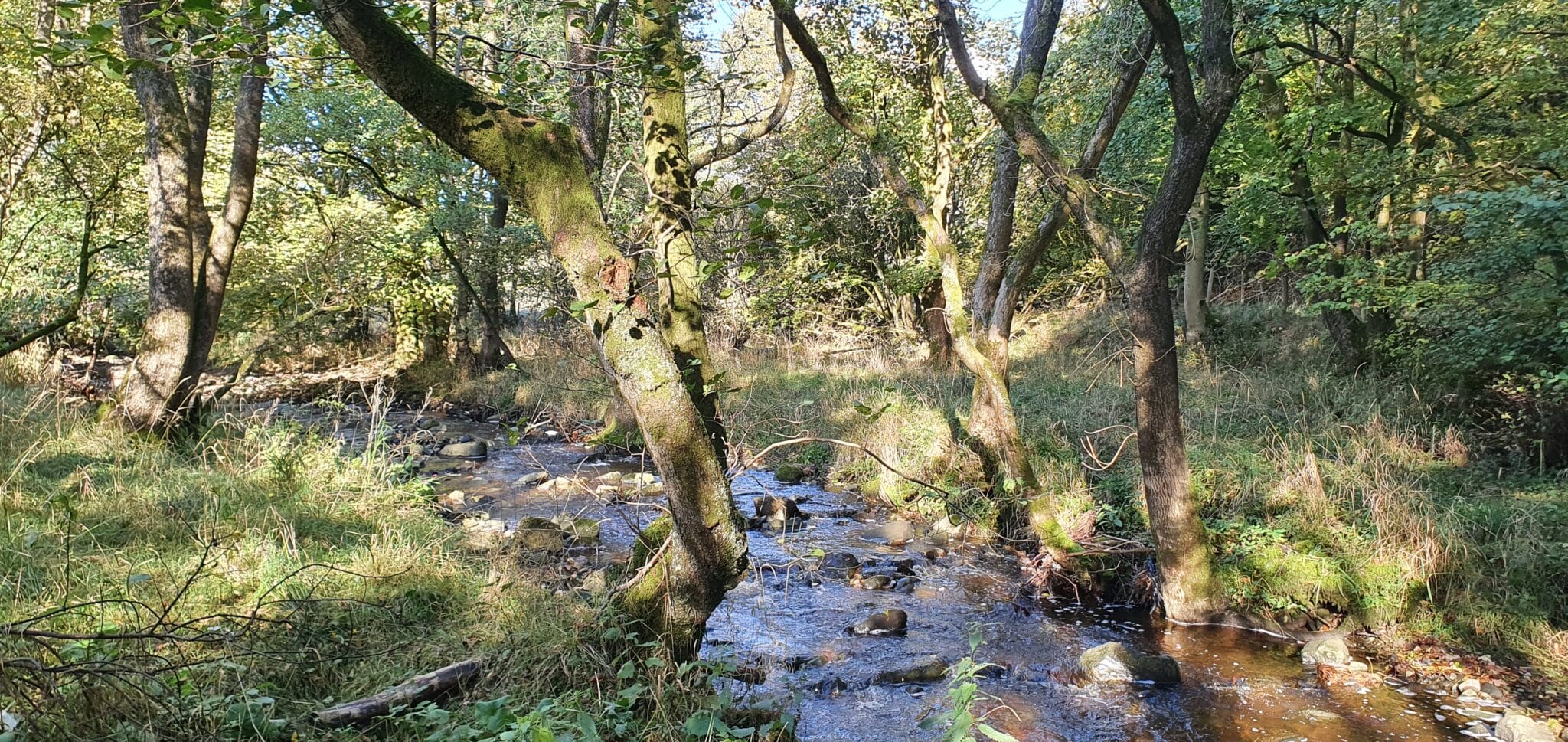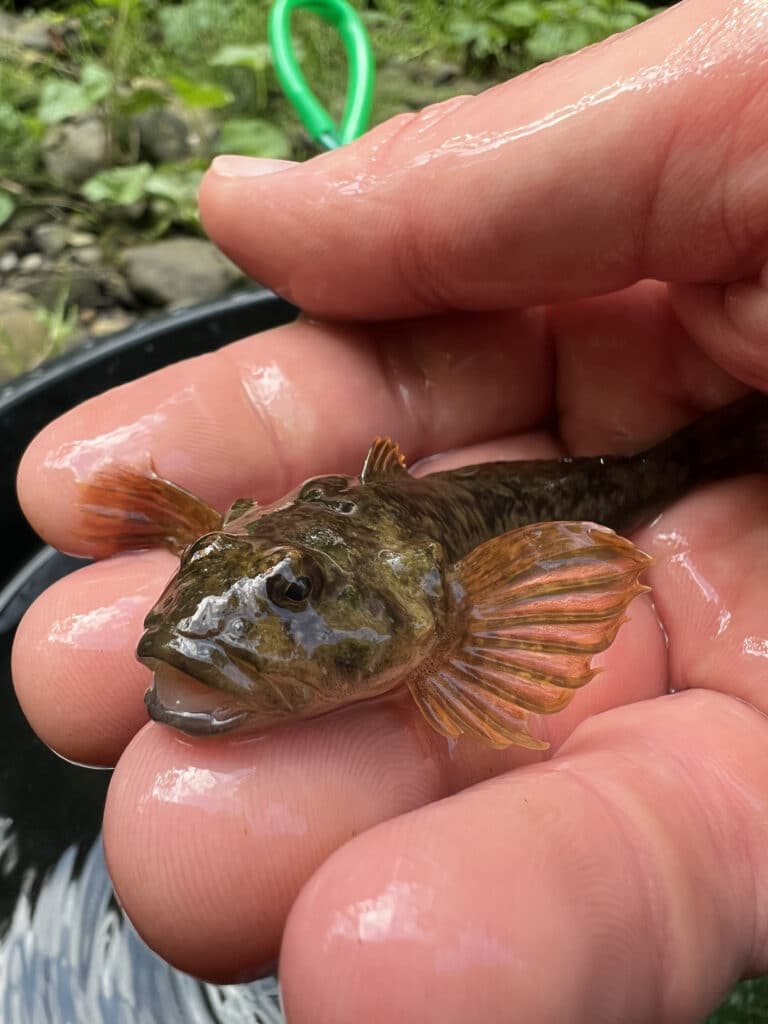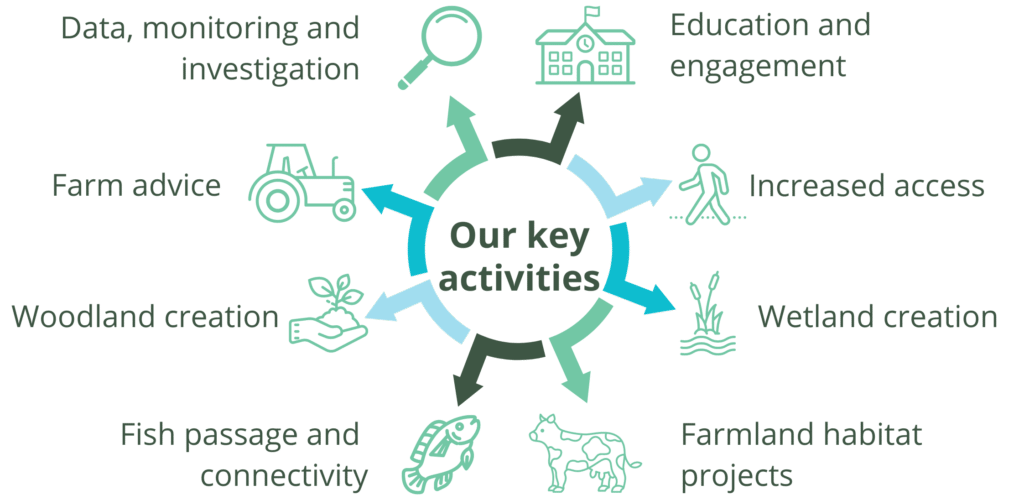
Our Key Activities
Taking action for healthy rivers
River conservation is at the heart of our work. Healthy rivers are vital for a huge range of wildlife, including river dwelling insects, fish, river birds, and mammals. But they’re also important for humans too. After all, our rivers also provide places for us to live, work, and play. Here in the Ribble catchment you’re never far from your local river, and they’ve shaped our catchment and our county.
what do healthy rivers need?
Our approach to river conservation looks at four different factors: water quality, water quantity, habitat health, and habitat connectivity.
On paper, they’re all fairly straightforward needs. Water quality refers to clean, stable, and unpolluted waters whereas water quantity refers to water in abundance, but without any floods or droughts. Habitat health means habitats that are good free from pollution, protected from issues, and functioning naturally. Finally, habitat connectivity means that wildlife can move freely around the catchment to live, feed, and mate.
Each of these factors are linked to each other and are the foundations of a healthy rivers and well-functioning ecosystems. So, for example, a healthy habitat needs good water quality, and for habitats to be properly connected they need to have sufficient water quantity.
If there are any problems affecting these four factors, we can work towards our goal of healthy rivers.

Our Key activities to improve river health

In our approach to river conservation we have seven key activities that we work on; engagement and education, woodland creation, fish passage, wetland creation, farm advice, farmland habitat improvements, and last, but by no means least, data and evidence.
Each of these activities have a straightforward link to river conservation, but also to each other. Our farm advice team often find leads for our woodland creation team, who might ask our data, evidence, and monitoring team to survey the area before we commence project development.
Sometimes we can identify a single problem such as a weir or single pollution source. But other times the problems might be more complex. Similarly the solution to the problem may be simple, but other times it may require a huge programme of work.
The solutions vary from physical changes to the river or surrounding landscape like peat moorland restoration, tree planting, wetland creation, and weir removals, or some problems may be solved by encouraging people in the area to change their behaviour.
Focussing on these activities enables us to ensure all the work we undertake serves a purpose and contributes to our goal of healthy rivers . Plus, we know that all our projects are necessary and relevant to our aim of protecting the Ribble catchment for wildlife and people.

